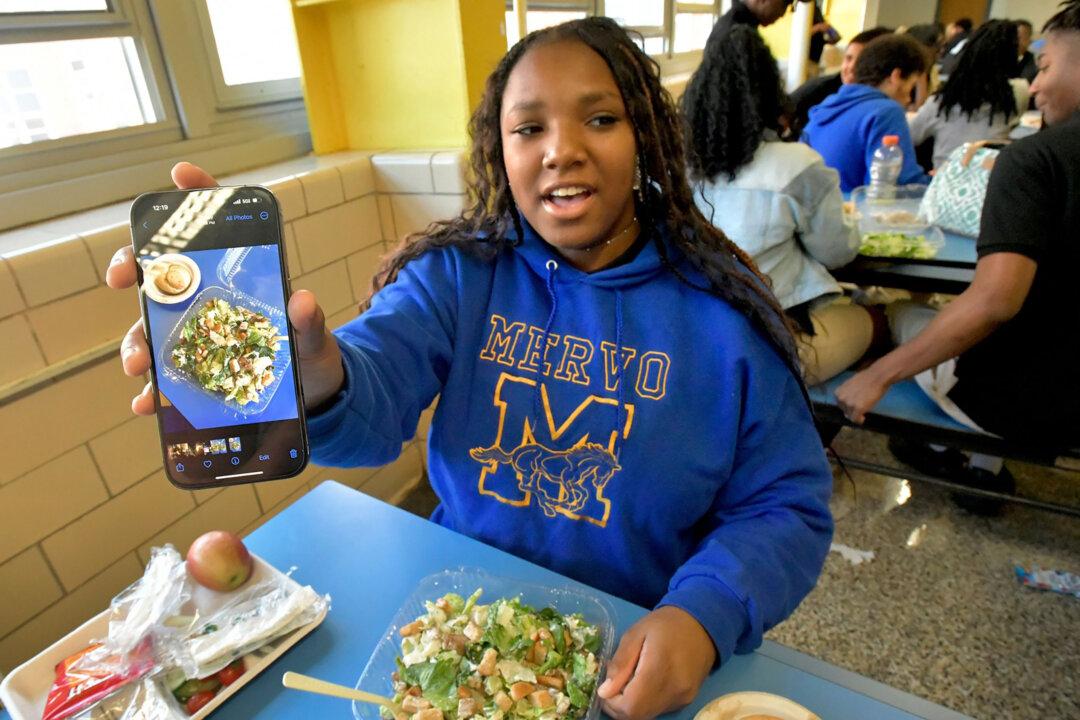By Amanda Yeager
From Baltimore Sun
Kamiara West positioned her plate to take advantage of the midday light streaming through the windows, angling her phone to capture an artful view of her chicken Caesar salad with a garlic knot on the side.

Kamiara West positioned her plate to take advantage of the midday light streaming through the windows, angling her phone to capture an artful view of her chicken Caesar salad with a garlic knot on the side.